The life and timepieces of Ralph Lauren
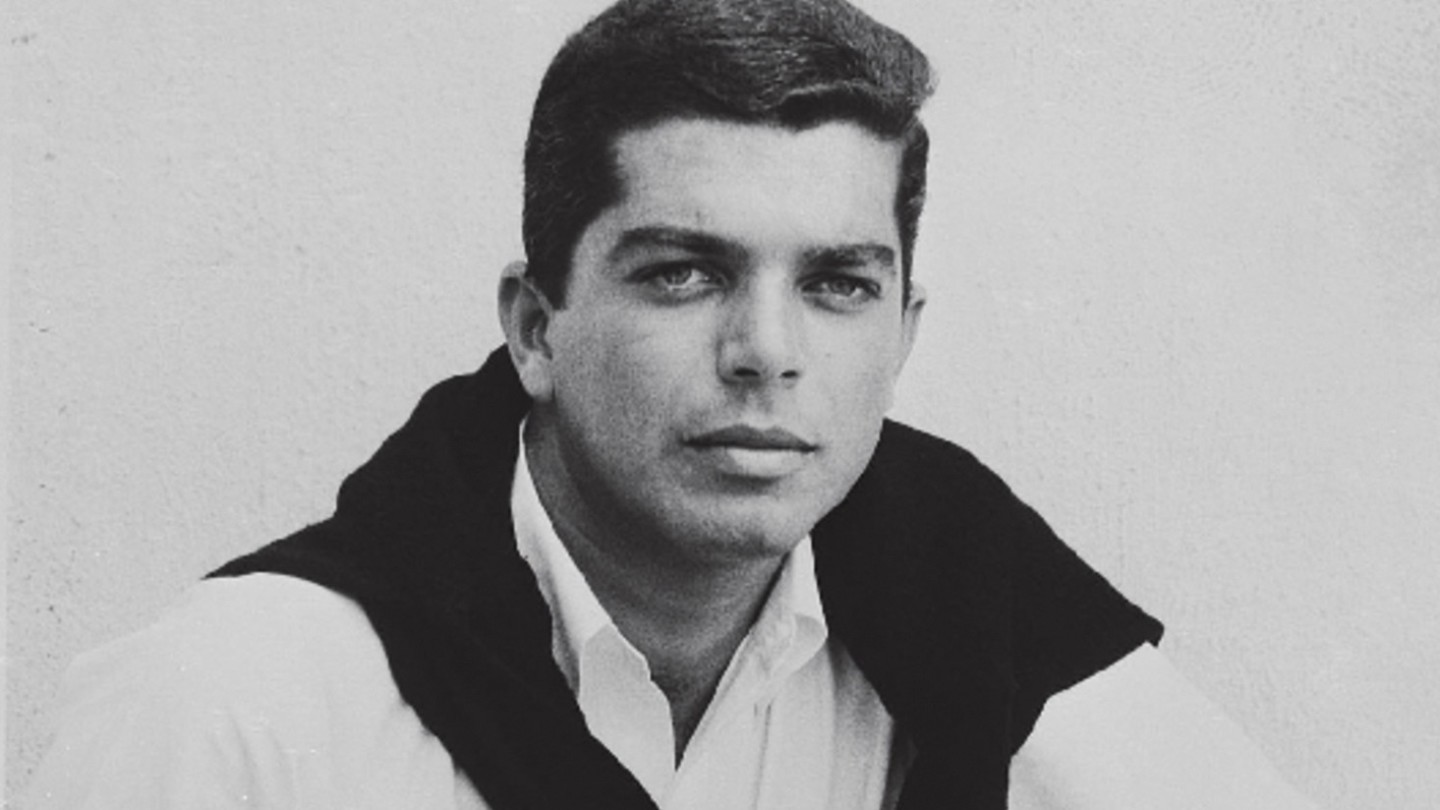
Roula Khalaf, Editor of the FT, selects her favourite stories in this weekly newsletter.
“You know, I’m not a collector, but these are my own things that I like.” There is a small but unmistakable note of apology in the softly spoken words with which Ralph Lauren shows me a tray of watches. Humility and modesty are beguiling qualities, especially when expressed with such sincerity by the world’s most famous living lifestyle brand eponym.
Of course, Lauren is a renowned collector. His car collection is viewed as one of the finest and most famous there is, including such gems as a 1964 Ferrari 250 GTO purchased for a giveaway $300,000 in the 1980s, a famous Bugatti Type 57SC Atlantic, the Mercedes-Benz SSK “Count Trossi” from the 1930s, and a representative selection of contemporary hypercars.
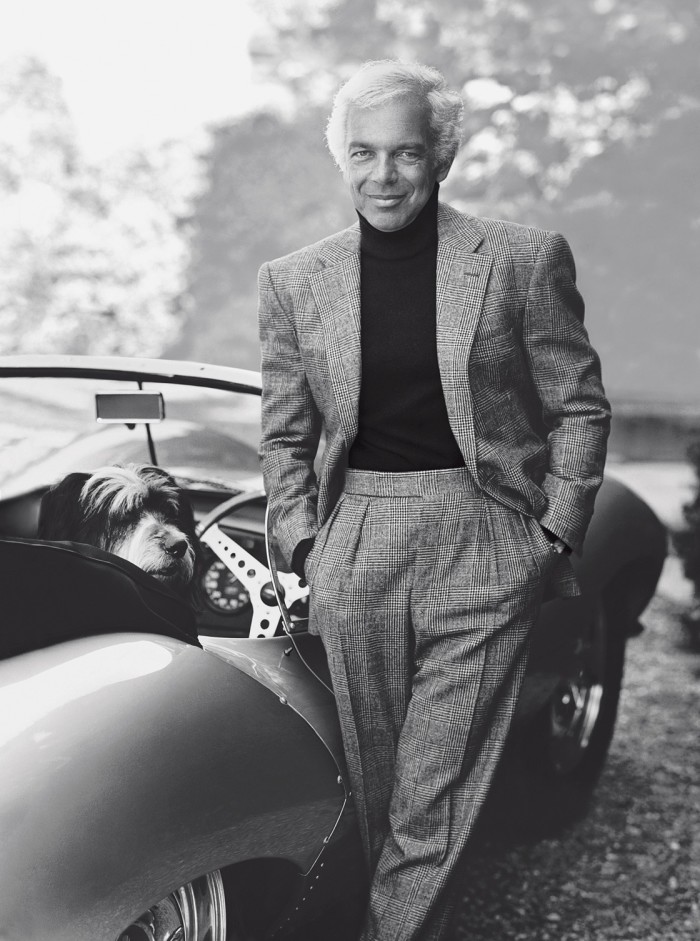
Real estate is another collector’s field in which Lauren excels, with a ranch in Colorado, a manor house in Bedford, New York, a villa in Jamaica, a beach house in Montauk and, of course, an apartment in Manhattan. And, obviously, clothes… if there is a better male wardrobe in existence, then the world has yet to hear of it. The day we meet, he is a wearing a ski-inspired sweater from one of his collections in the late 1990s and a concho belt studded with egg-sized chunks of turquoise.
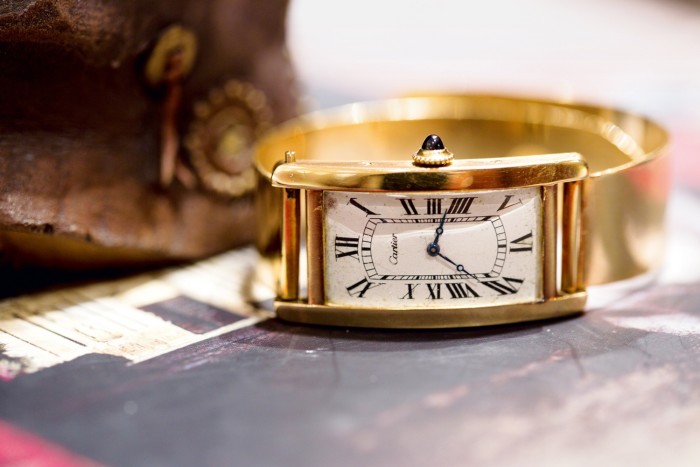
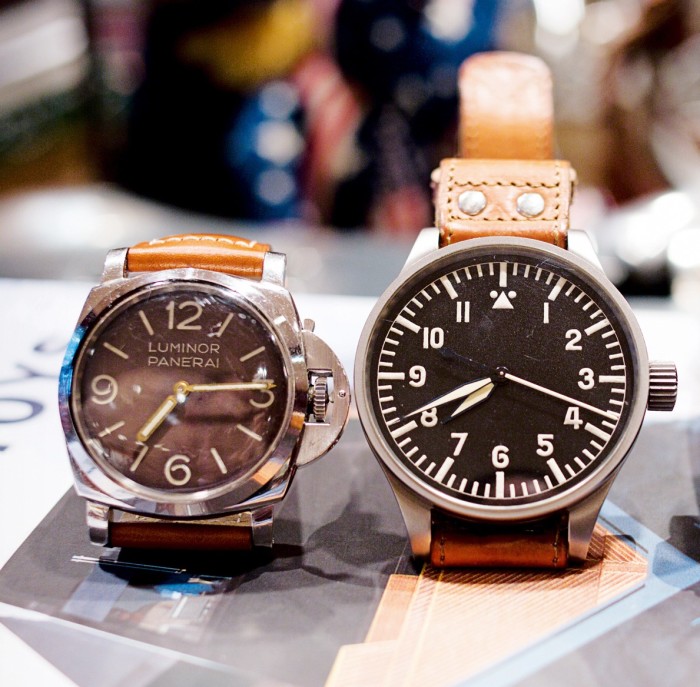
Yes, the greatest American designer is a collector of many things, but not, he insists, of watches, though he has dozens of them. “Collectors, they’re different in that they are looking at the machinery of the watch; they have amazing watches – they keep them in drawers and pull them out to show you. That’s a collector,” he says.
“Very few collectors that I know look at watches the way I look at them. People always commented on my watches, but I never bought them to collect them. I bought them to wear; they are an extension of everything I love.”
If, as Clairee Belcher observed in Steel Magnolias, “the only thing that separates us from the animals is our ability to accessorise”, then Lauren is higher up the evolutionary ladder than the rest of us. But when it comes to watches, he admits that he started on the lowest rungs.
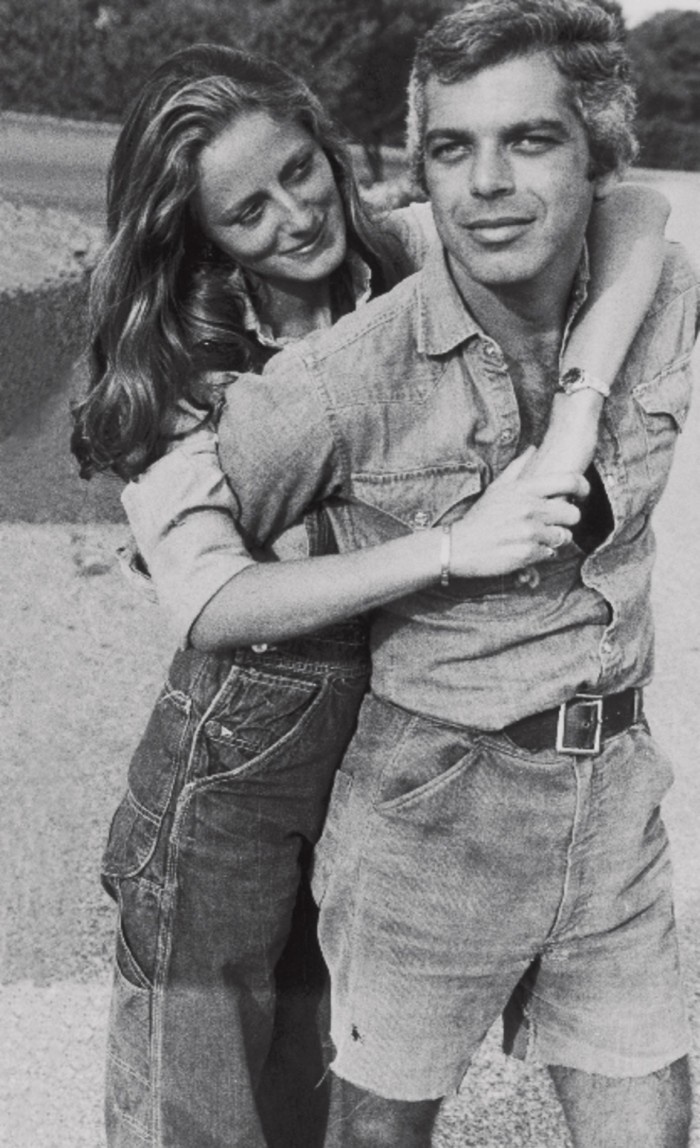
“If I’m not mistaken, my first watch was a Benrus,” he says. “It was an American watch. I didn’t have much of a history with watches. I grew up in the Bronx and didn’t have a lot of money, so I’d admire watches on someone else’s wrist. I didn’t even know what the brands were.”
Like many watch lovers, Lauren was introduced to the world of fine watchmaking by Rolex, buying one for himself and his wife when they married. “I’d go to Italy.The guys in Italy love their watches and they just adored Rolex! I could afford it, it was cool, it was the watch. Whether the guy wearing it was a deep-sea diver or not, the watch was authentic and the quality was solid.”
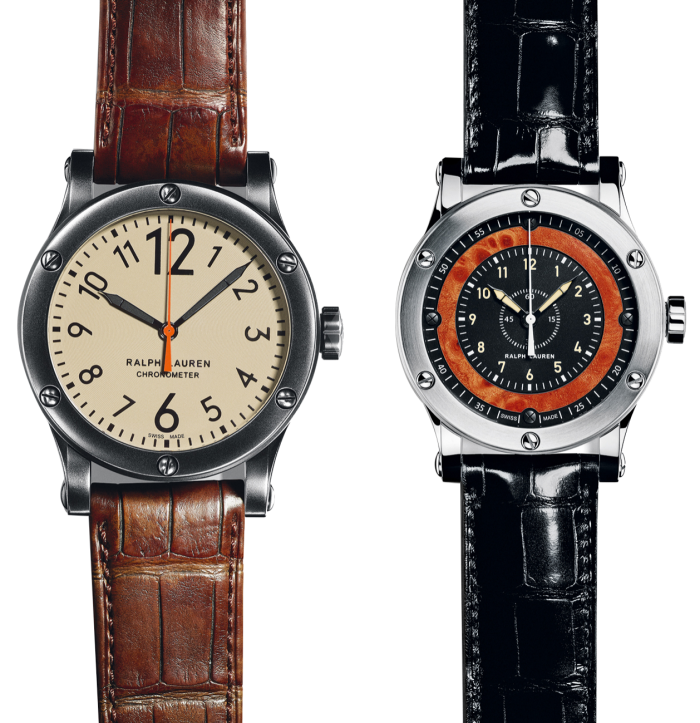
And it was a Rolex that was his gateway to the world of vintage timepieces, but not the Daytonas and Submariners that dominate the market today. “It was during the 1970s and I was in one of the London arcades, when an antique Rolex Prince caught my eye. As I made more money, I bought more antique Rolexes. I’d go to the King’s Road and the dealers there. I don’t even know if I got the best quality, but I liked the way the Prince looked.”
In today’s world of collectors, myopically obsessed with serial numbers and the sort of microscopic cosmetic differences that require the magnifying power of a jeweller’s loupe to detect, there is something refreshing about hearing someone – especially when that someone is Ralph Lauren – say he buys a serious watch because it looks appealing. “It was always personal. If I fell in love with a watch, I didn’t sit down and check it out and ask what year it was. When I wanted a watch, it was because it was beautiful and because it was the right thing for me.”
And when it comes to beautiful watches, few have been more right for him than his Cartiers. “I didn’t grow up with Cartier watches,” says Lauren, but he believes that his love for them was inevitable. “It’s just natural,” he adds with a fatalistic shrug of the shoulders when asked why he has so many.
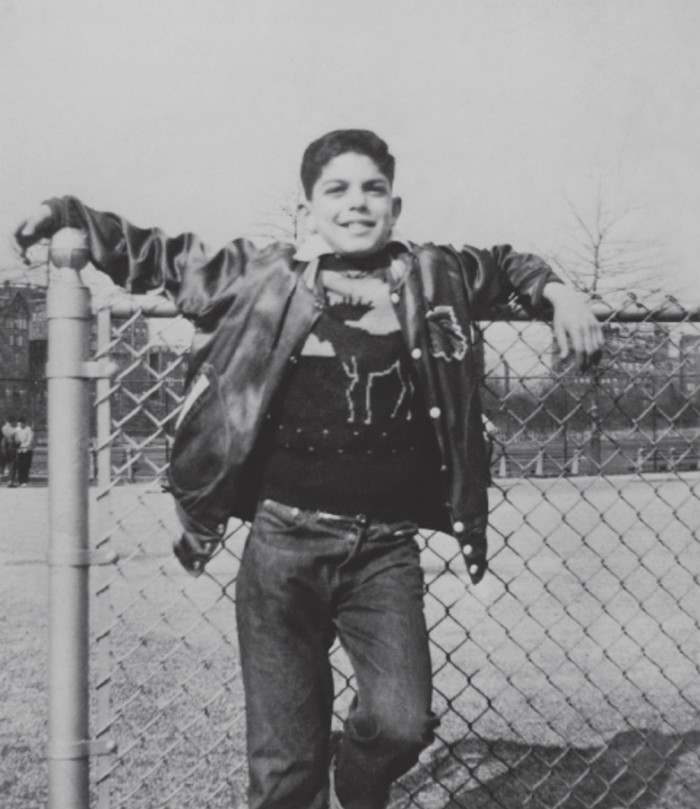
It is a Cartier Tank that one sees peeking out from underneath the cuff of the Prince of Wales checked suit he is wearing with a rollneck next to an open-topped Jaguar in a 1995 portrait – the most quintessentially Ralph Lauren of many hundreds of portraits taken during a fiftysomething-year career. “I got hooked by the Cartier Tank watch. I got a new one and then I got an old one from the 1920s.”
However, his favourite Cartier is the Tank Cintrée, of which he has numerous examples. The Cintrée made its debut in 1921. Its long, straight-sided, curved case is steeped in the glamour of the Gatsby era, with which Lauren is forever linked since he dressed Robert Redford in the 1974 film adaptation of the novel; and the Cartier Collection has an example that once belonged to one of Lauren’s great style heroes, Fred Astaire. But the most memorable Cintrée in his collection is associated as much with the New York pop art scene as the decadent elegance of the Jazz Age.
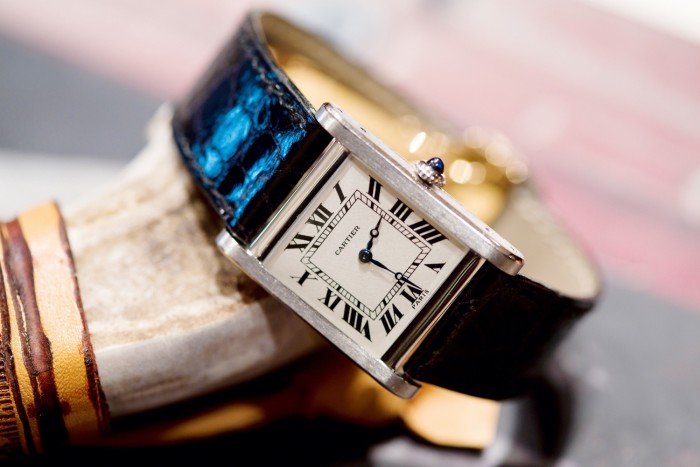
“I didn’t know Andy Warhol well, but I met him once or twice,” says Lauren – not that that stopped Warhol from exaggerating the level of their acquaintance, as Lauren recalls with a fond smile: “He once said to a friend that he had told Ralph Lauren to name his company Polo.” When the artist’s estate was sold, Lauren was naturally curious. “It was at Sotheby’s; I wanted to have a look. I looked at a lot of things and they didn’t mean anything to me. Then I saw a watch. The watch was nothing important, but I loved the band, I really loved the band. I said, ‘Let me try that,’ and it fitted perfectly, but it was the band not the watch that I was buying. I don’t even know what I did with the watch. But I put the band on an old Cartier and it was a perfect fit.”
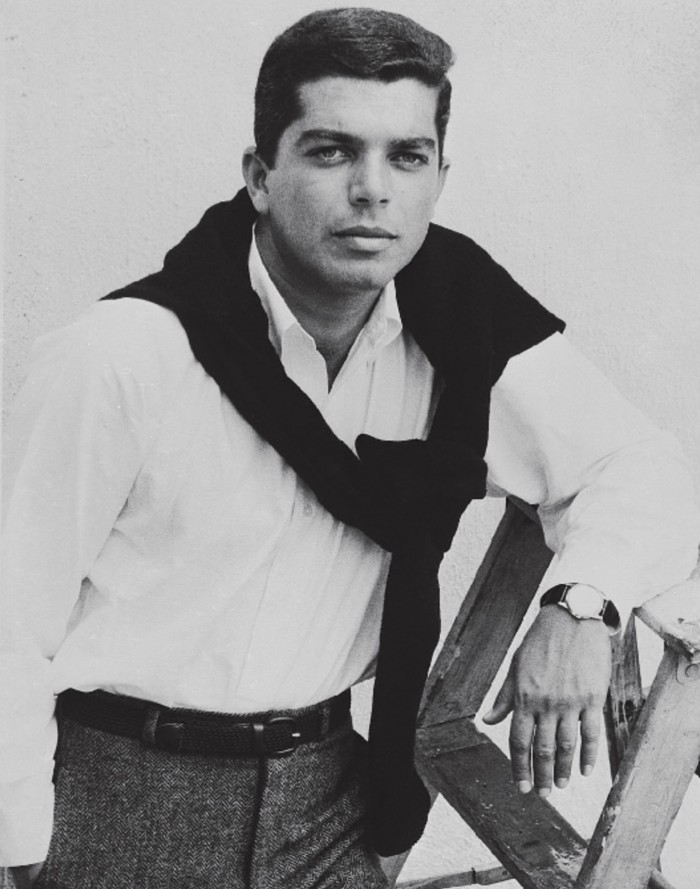
He picks up the Cartier on the Warhol bracelet and, with evident delight, fastens the simple gold bracelet around his wrist. “Isn’t that beautiful? You see the wraparound? You see how there’s no flat surface?”
Lauren’s affection for bracelet watches finds expression in all sorts of ways, and is certainly not restricted to timepieces with art deco credentials and pop art provenance as, after putting down his “Warhol” Cartier, he picks up a watch that is its diametric opposite.
Fastened on a bizarre adjustable cuff that seems to owe a strong design debt to the manacles worn by 19th-century convicts is a patinated – no, let’s be honest here – beaten‑up looking watch, with a black dial, prominent Arabic numerals in crumbling luminous paint, lume-filled syringe hands and a disproportionately large carbuncular winding crown with a small chain sprouting from its side.
“When I first saw it, I said, ‘What the heck is this watch?’ I got it about 10 years ago and I never put it on, never. I just got it and threw it in my drawer.” And having completely forgotten about it for a decade, he rediscovered it last year. “I thought, ‘Isn’t that beautiful?’ I wore it a lot last summer.”
This watch is an American oddity called a “canteen” watch, so named because of the way the chain keeps the watch and what is actually a screw-down cover for the winding crown together. While it looks a little steampunk or Heath Robinson, the thinking is sound enough: dating from the 1940s, canteen watches were made by American brands, including Hamilton and Elgin (Lauren’s is unsigned), to equip naval divers who needed to keep track of time underwater, whether for laying demolition charges or timing their dives.
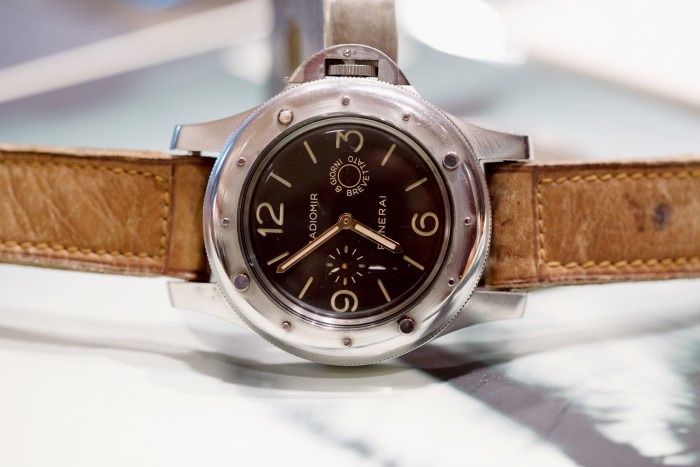
At that time the purpose-designed diving watch as we know it today – rotating bezel, screw-down crown, solid link bracelet, etc – was a decade or so in the future; scuba diving itself was only invented in the early 1940s. This cumbersome but effective modification transformed a military-issue watch into a piece of sub-aqua equipment.
The riveted, almost armour-like bracelet adds further idiosyncrasy to this piece of Americana and appeals to the democratic tastes that Lauren embraces in everything he loves. “It connects to me, to my clothes. It connects to most things I love, and it’s not an expensive watch, but it’s so raw and natural.” His is a world in which canteen watches, faded blue denim and rusty pick‑up trucks with flaking paintwork are held in just as much affection as Cartier Tanks, flannel suits and vintage Bugattis.
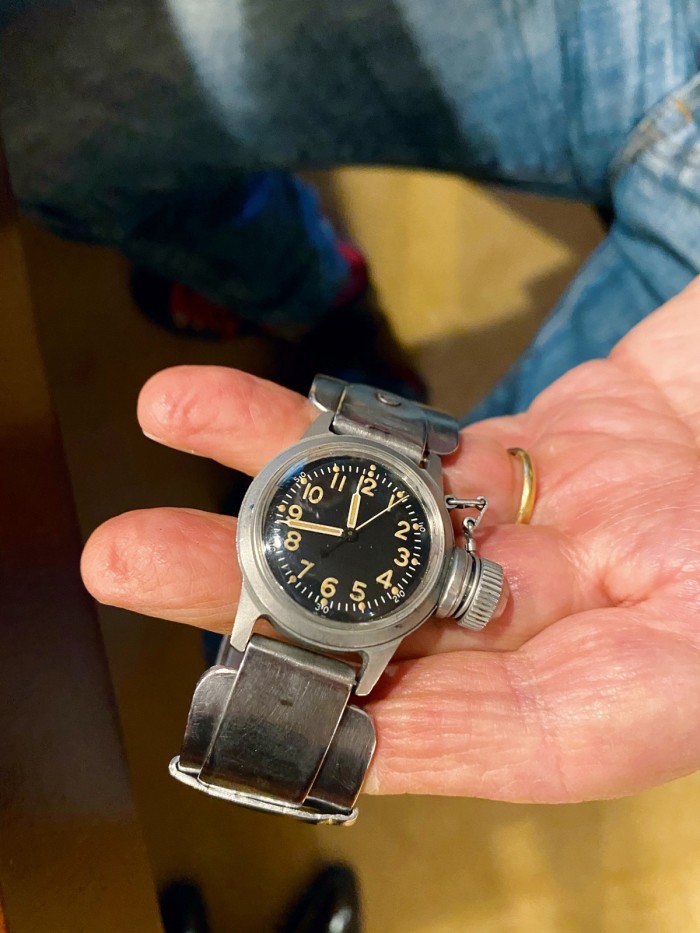
It was his brother who introduced him to the European equivalent of the canteen watch. If Lauren claims not to know much about watches, the same cannot be said of his brother Jerry, who works with him. “One time my brother came home from a trip with a Panerai. At that point Panerai was very new. I said, ‘Oh my God, I love that.’”
But having done a bit of research, he decided he wanted an original model – and not just any original model, but an obscure piece from the 1950s known by collectors as the “Egiziano” because it had been ordered by the Egyptian navy. And he was not going to let his brother get one first. “I said, ‘Jerry, if I ever find that Panerai, that’s the one I want and don’t stop me. I’m going to get that. You can get whatever else you want.’
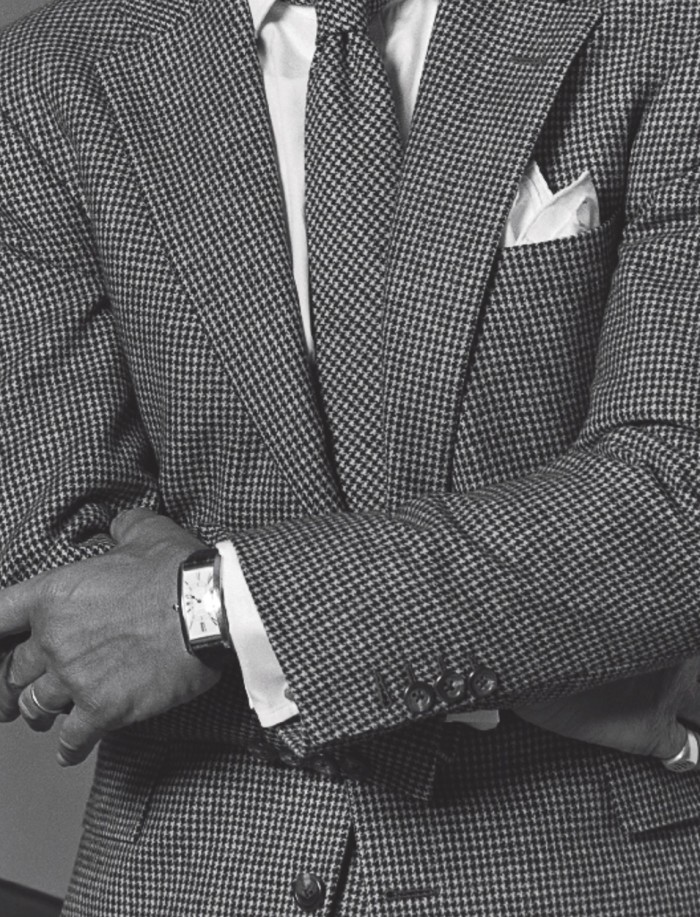
“The next time we both flew down to Italy to go to work, I went into the store in Milan where I had bought my first Porsche watch in matte black. It was one of the most classic Milanese watch stores – nothing flashy, all very sophisticated – and there in the window was the Panerai I wanted. It was just miraculous.” As well as the Egiziano, he bought himself a vintage Luminor too.
“I loved the brown face, I loved the crown guard, I loved the way it was rugged. It had that non-fashion utility thing, so I’d be wearing it with rugged, more rustic kinds of clothes, and it was so big that I would wear it strapped around the outside of a jacket.”
Given its high-profile position on such a high-profile wrist, it is unsurprising that word soon got around that Mr Lauren liked Panerai, not least within his own business. At that time there were no Ralph Lauren watches. However, flagship stores such as the mansion on Madison in New York kept a selection of vintage pieces of the type Lauren wore, and from time to time, watches featured as props in the narrative window displays.
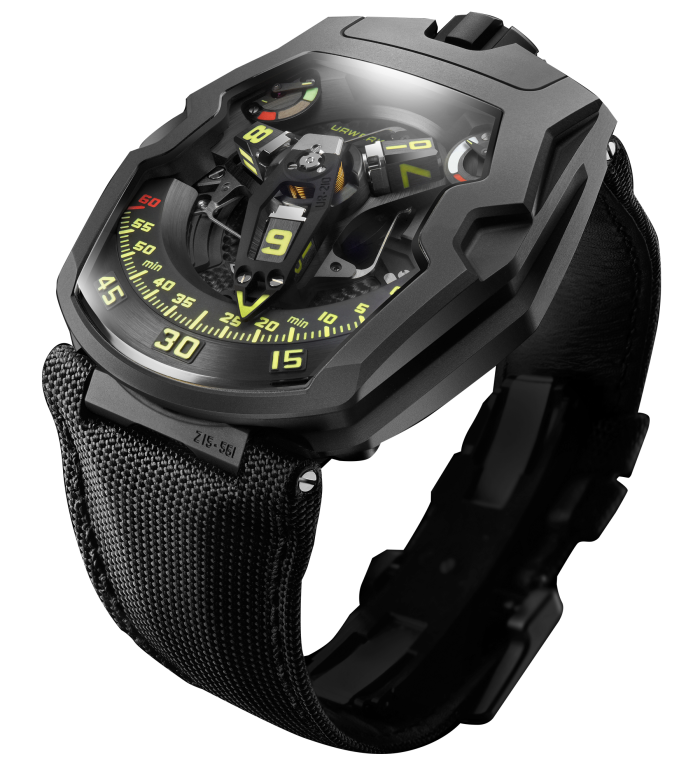
One day, Lauren received a call from Johann Rupert, whose Richemont group had bought and relaunched Panerai. “That was before I knew him,” he says. “He called me and said there were fake Panerais in my windows. He was pissed off. I said my window guy must have put them in and told him I didn’t know they were fake. In the end, he was thrilled that I’d used them, that I had promoted Panerai. And I found we both loved cars; he’s a very unique guy,” he says approvingly. Thus, speaking mogul to mogul, a friendship was born – and many years later that friendship blossomed into a joint venture making watches.
Lauren’s taste in timepieces tends towards the vintage and the classic; watches, like his clothes, that conjure up an entire world, usually a world of the past. Whether Waspy or Western, his work often has a nostalgic, elegiac air, anchored by a sense of period and place. So there is an agreeable irony to the fact that it was while at his ranch in Colorado, a pitch-perfect evocation of the Old West, that he first became aware of one of the sharpest names in cutting-edge horology.
“I was in Colorado, just going through some magazines, when I saw this watch. I always like matte-black watches but this was something unlike anything I had ever seen; it was so futuristic and so beautiful: the closer you look at it, the more beautiful it becomes.”
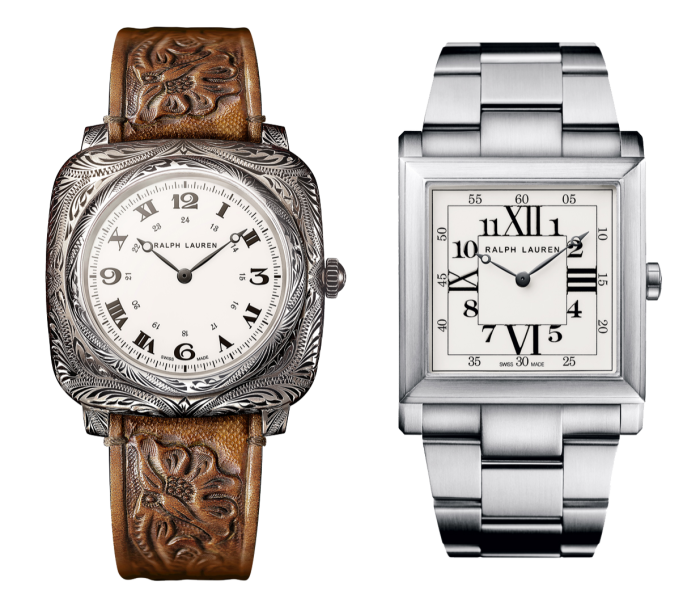
Lauren had just discovered the weird and wonderful work of Urwerk and was entranced by the brand’s signature revolving satellite hour indicators and instant retrograde minute hand. Urwerk pioneered a Star Trek style of watchmaking during the late 1990s and has remained consistently interesting ever since.
For Lauren it was a coup de foudre. “I didn’t know anything about them. I just looked at the watch and that was it. I didn’t even ask how expensive it was. The guy delivered it to my house in Colorado and then I was like ‘How expensive?’ I then met the two owners, two partners [Martin Frei and Felix Baumgartner]. We talked about possibly doing something together, but we haven’t done it yet.” Even so, he says, the fact that he is considering it is a breakthrough: “I’m not big on collaborations, but it was inspiring to me.”
On the day I meet him he is wearing a chunky black anodised-metal identity bracelet. “At the same time that I discovered Urwerk, I was working on my jewellery line,” he says, and the sci-fi stealth-styling of the timepiece reminded him of an unrealised project from his past. “Years ago, I wanted to do matte-black jewellery for Tiffany, but the head of Tiffany’s at the time didn’t want me to do it.” A decision that the jeweller’s new owner, Bernard Arnault, may regret.
In 2008, Ralph Lauren and Johann Rupert agreed a joint venture, with Rupert’s Richemont group supplying the horological expertise and movements while Lauren designed. There was no commercial imperative for Lauren to get into fine watchmaking, but timepieces intrigued him and besides, he says, at that time “new Cartiers were not exciting to me. Not only that, new watches did not excite me. That’s when I decided to do my own watches.”
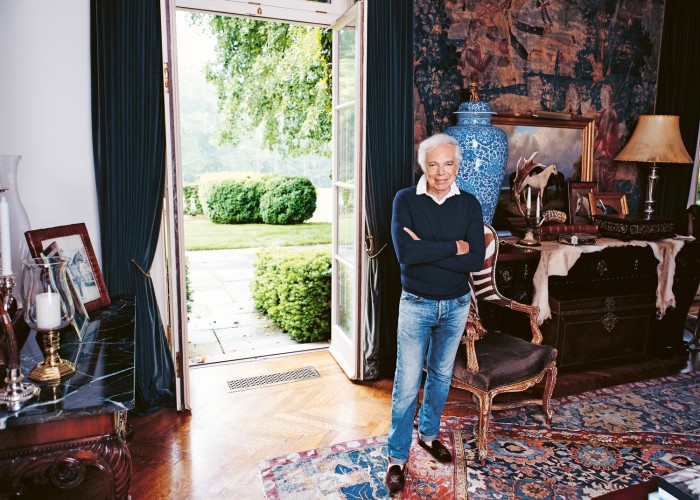
And so, in January 2009, at a gala dinner in the sumptuous surroundings of Geneva’s Grand Théâtre, Ralph Lauren watches were launched.
The watches that have appeared over the ensuing decade are intriguing in that they chart Lauren’s development as a watch designer and hold up a clockwork mirror to his world. The early pieces owe a clear debt to the classic Cartiers he loves; when I first glimpsed the Stirrup watch, I thought it had hints of the Cartier Cloche, a relatively obscure early-20th-century model.
One of his favourites is the 867, the number of the mansion on Madison. “I made this thinking that I was doing something that was not very Rolex, not Cartier, but which I thought was beautiful to wear with formal clothes and suits. But when I met the Cartier guys, they said, ‘Well, it looks maybe a little bit too much like a Cartier.’ I understood that. It wasn’t a big seller, but I often wear the watch. I love it. I have given some to friends and they love the watch because, like me, they love the arrangement of the numbers on the dial.”
But there are watches that draw their inspiration from other aspects of his life: the collection known as Automotive has a wooden bezel and dial inspired by the wood inside his 1938 Bugatti Atlantic Coupe. While Safari, a perennial theme at Ralph Lauren, finds its expression in a chronometer with camo dial and aged bezel.
However, by far the most idiosyncratic is the heavily engraved, cushion-cased Western watch on the tooled leather strap. It is unapologetically itself and it is hard to think of another major brand (whether watchmaker or fashion) capable of carrying it off. It is pure Ralph Lauren, at his best, simply pleasing himself. “Everything I’ve ever done has always been for myself. When I made the clothes it was always because I wanted them.” As with clothes, so with watches.
Comments